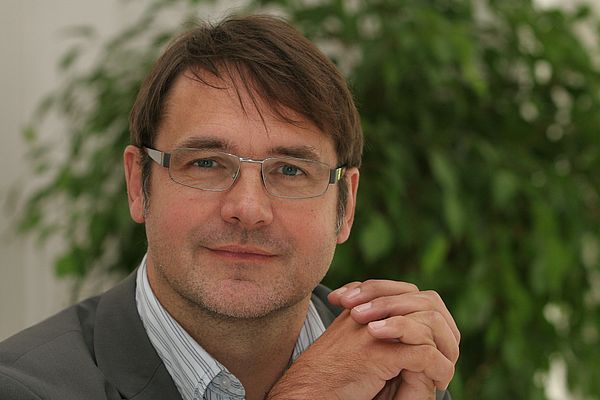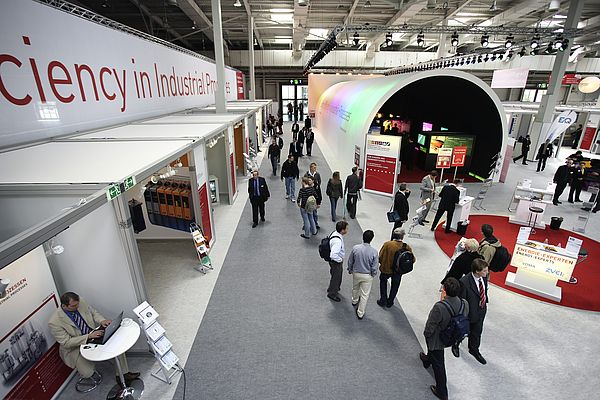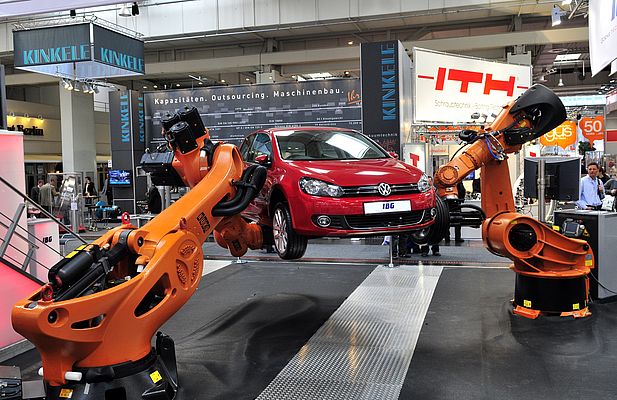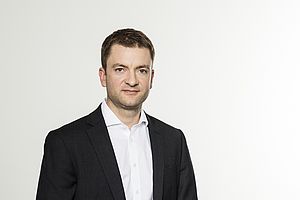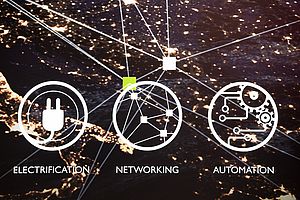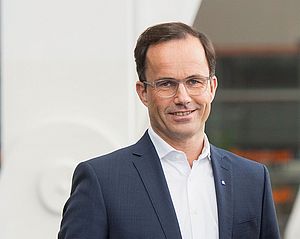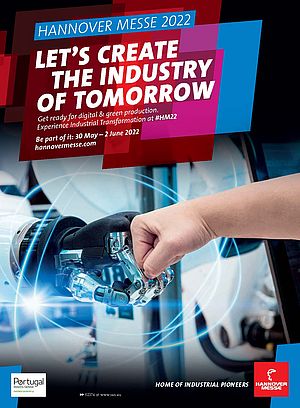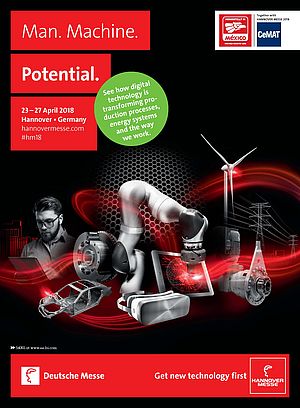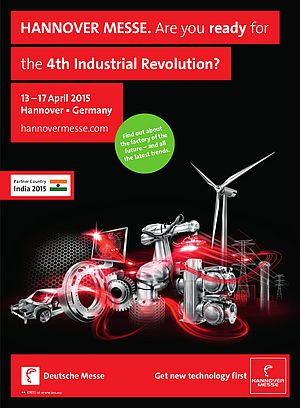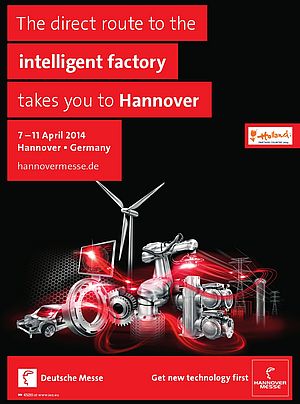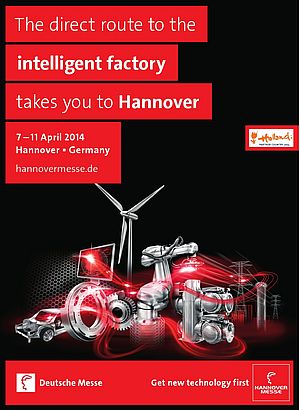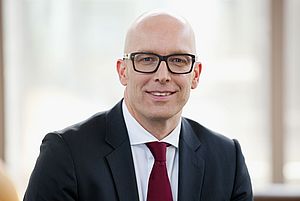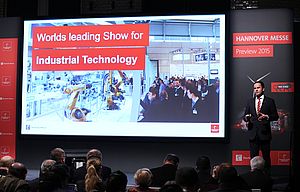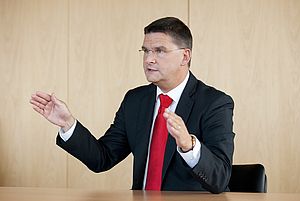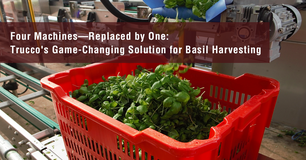The long-term study “Roadmap Automation 2020+, Energy” shows that the automation industry is the key to opening up future markets. Without efficient automation technologies, a sustainable energy economy for the coming decades will be beyond our reach.
When you question Dr. Siegfried Behrendt about the “Roadmap Automation 2020+, Energy”, you get more than just information in reply. You undergo an initiation, you dive into the intellectual world of someone who’s passionately involved in the matter. The man doesn’t slow down for you, but what he says is to the point and the listener should have his patience and all his faculty for concentration about him.
Behrendt lives his subject. In a nutshell, that subject deals with what political and technological consequences arise from global resource shortages and climate change. It’s nothing less than a roadmap leading to the future. Behrendt is employed at the Institute for Futures Studies and Technology Assessment (IZT) – not far from the idyllic lake Schlachtensee in Berlin – where he is head of research in the department of Sustainability Management and Economics.
“Our job as researchers is to come up with solutions,” says Behrendt. “Which way should we go? What’s coming next?” As a political scientist, economist and biologist, he offers exactly the interdisciplinary background that’s becoming more and more important for drafting comprehensive scenarios of the future and planning our orientation.
The recently published long-term study “Roadmap Automation 2020+, Energy”, commissioned by the automation division of the German Electrical and Electronics Manufacturers’ Association (ZVEI), illustrates the dynamics Green Tech has as a mega trend. It shows how the goal of protecting resources drives future opportunities for ever more efficient automation technologies. “According to the findings of the study, there can be no doubt that the automation industry represents a central enabler for the energy economy of the future,” says Siegfried Behrendt, head of the roadmap research team at IZT.
“Networks must be made intelligent!”
In the long term, the research team predicts a steadily growing decentralization in the energy system. Divers of this development are climate protection, liberalization and limited resources. Smart Grids were identified as the greatest future market for new automation solutions – that means intelligent networks that make decentralized energy production controllable. Behrendt: “In order for regenerative energy to make sense, the network has to be intelligent. Right now, it’s like this: the baseload power plants block the network. As a result, the renewables drop out. This is one place where a solution needs to be found.”
The committed researcher advises automation providers to take a stronger interest in research and demonstration projects. “In order to stay competitive, it’s of utmost importance to acquire strategic knowledge about technological developments and, at the same time, gain influence over how standards are set. In particular, Smart Grids, wind energy, biogas, second-generation biofuels and hydrogen offer a worthwhile future perspective for automation providers.
Behrendt sees in process automation a “large and easily opened market in the manufacture of renewable energy technologies. Especially in photovoltaics.
The need for development in sensor technology
The conversation flies by and Siegfried Behrendt has the feeling that he hasn’t even begun to fully explain all the findings of the “Roadmap Automation 2020+”. But it’s still possible to squeeze in some questions now and then: Where does he see the greatest need for technological development? “Clearly, in sensor technology. Here, the providers really have to do their homework. It’s not about coming out with innovative new developments, but putting measurement techniques that have long been available in the laboratory to work in the field.”
The greatest need for development in sensors, and this was also a finding of the roadmapping project, is in biomass. “But of course more efficient fossil fuel power plants are also an important application for future-oriented sensory technologies!”
The authors of the “Roadmap Automation 2020+” consciously included in their study the difficult situation currently facing the global economy. Although it’s seen as probable that the crisis will have delayed consequences on many developments in the energy industry, everyone agrees that the basic development tendencies are not in question.
Energy economy invests 26 trillion US dollars
An important symbol of hope, US President Barack Obama has done much to promote “Greening the Economy”. The ambitious goal of his administration is still to create 5 million new jobs in the U.S.A. over the long term by restructuring the energy economy. “We can expect enormous investment in the energy infrastructure in the coming decades – though the emphasis in different regions may vary greatly,” explains Behrendt.
Though the emphasis in Europe and the USA is on modernizing existing infrastructures, developing nations, especially China, need to focus on building new infrastructures. The International Energy Agency estimates that global investment in the energy economy between 2007 and 2030 will reach more than 26 trillion US dollars. Half of that will be spent on energy production and distribution.
If you wanted to pull a summary out of all the facts and scenarios brought to light by the “Roadmap Automation 2030+”, it might look something like this: “Energy efficiency is one of the single most important issues for automation technology in the coming years! If you understand that, you’ll be able to come out of the crisis stronger.” Siegfried Behrendt looks at the clock. He could go on for hours about his subject. But the next appointment is waiting. “If you have any more questions, call me. OK? We certainly will.
Roadmap information box
The roadmapping program entitled “Future Markets and Technological Demands” is published by the automation division of the German Electrical and Electronics Manufacturers’ Association (ZVEI). The first two roadmaps, “Energy” and “Water” were published this fall in cooperation with the Institute for Futures Studies and Technology Assessment (IZT). These will be followed by the third roadmap “Megacities” in spring of 2010. Overall, more than 90 experts, manufacturers and users out of the automation industry and the energy economy participated in the roadmapping process, which included both workshops and interviews. Since the first roadmap in 2005/2006, the program has served as a barometer for trends in automation industry.


